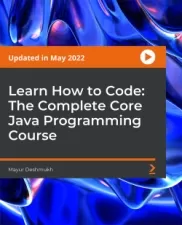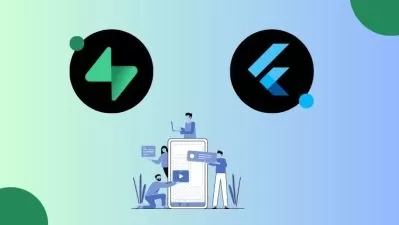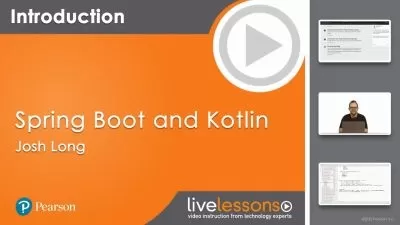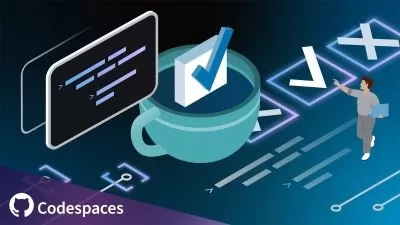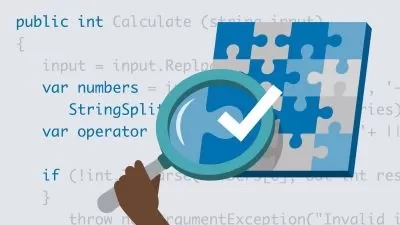Unit Testing with JUnit 5 and Kotlin 1
Kevin Jones
2:02:19
Description
Kotlin is rapidly growing on the JVM (Java Virtual Machine) and this course will show you how to use JUnit 5 to make sure this code is tested and testable.
What You'll Learn?
JUnit 5 is the de-facto standard testing framework on the JVM. It is used to test application code in many areas including enterprise, desktop, and mobile applications.
In this course, Unit Testing with JUnit 5 and Kotlin 1, you will learn how to set up JUnit to test Kotlin code, including some of the issues you will encounter that are unique to Kotlin.
First, you will see how to set up your environment to use JUnit 5 for Kotlin including setting up Gradle and Maven environments and using an IDE to run the tests.
Next, you will be introduced to Kluent, a Kotlin fluent assertions library. Then, you will see how to change assertions using this fluent syntax, as well as new, cleaner ways of writing assertions using the Kluent APIs.
Finally, you will explore ‘mocking’ using MockK, a mocking framework written in and for Kotlin.
When you are finished with this course, you will have the skills to test Kotlin code using JUnit and how to refactor code to make it testable.
More details
User Reviews
Rating
Kevin Jones
Instructor's Courses
Pluralsight
View courses Pluralsight- language english
- Training sessions 28
- duration 2:02:19
- level average
- Release Date 2023/10/15








